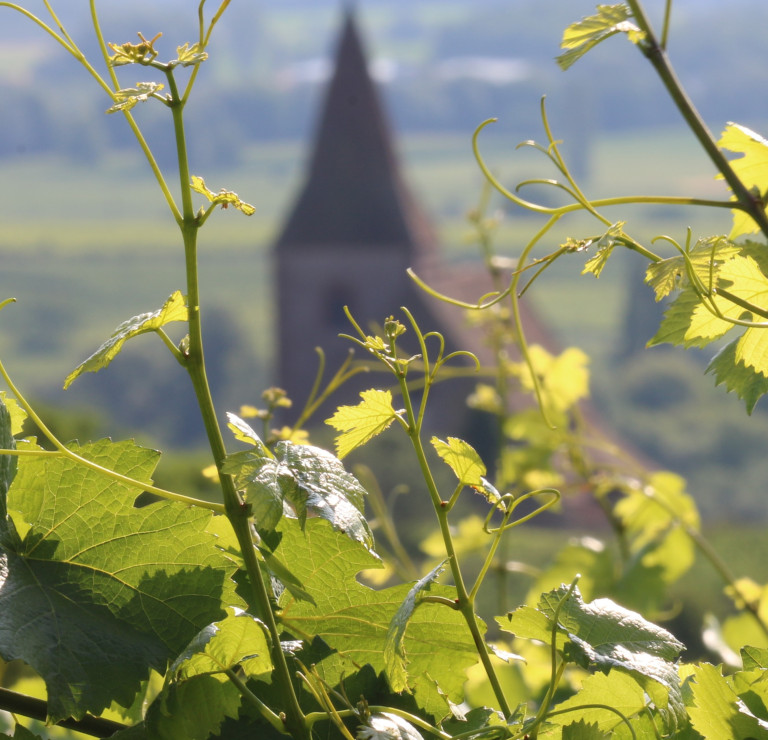
Technical presentation
| Bottling : | January 2020 |
|---|---|
| Acquired alcohol : | 12.5° |
| Residual sugar : | 7.9 g/l |
| Total acidity : | 5.4 g/l H2SO4 / (8.3g/l Tartrique) |
| pH : | 2.80 |
| Yield : | 55 hl/ha |
| Optimum tasting : | 2023-2044+ |
| Average age of vines : | 44 years |
| Terroir : | Clos Windsbuhl |
| Sweetness index : | 1 |
| Soil : | Muschelkalk calcareous |
Description of the wine Riesling Clos Windsbuhl 2018
The Riesling is planted on the upper part of the Clos, facing south-east, where the soil is the thinnest and most rocky, enjoying a dominating position over the Alsace valley floor. Muschelkalk is an old sea bed limestone, not too alkaline and rich in certain minerals like magnesium. The vines benefit from a cooler late ripening climate which explain the high acid and delicacy of the wines from the Clos. The Riesling Windsbuhl is traditionally the last non VT wine harvested on the estate. The grapes benefit from a long growing season, without gaining unnecessary sugar richness. Like most wines with low pH and high acidity, the fermentation was very slow.

Tasting notes
04/2020 : Clear pale lime yellow colour. The nose is expressive, powerful and yet leaves a sensation of tightness and severity. One can detect the classic Windsbuhl light reduction on the nose. There is fruit about to come out if one is a little patient. The palate is so elegant, racy, delicate! The acidity is saline and ripe, but constitute the backbone of the wine. The finish is strict, feels very dry and leaves the palate light. This wine combines in the most beautiful manner a vigorous power and elegant lightness

The Clos Windsbuhl of Hunawihr
The altitude of the vineyard coupled with Hunawihr’s tardy climate means that the Clos Windsbuhl is often one of the last of our vineyards to be harvested. This explains the aromatic quality of the Clos’ wines and the consistent balance of acidity, a guarantee of good ageing. Although often harvested late, the Windsbuhl grapes are only rarely botryitized, doubtless due to the altitude of the vineyard, but nevertheless often reach high levels of maturity.